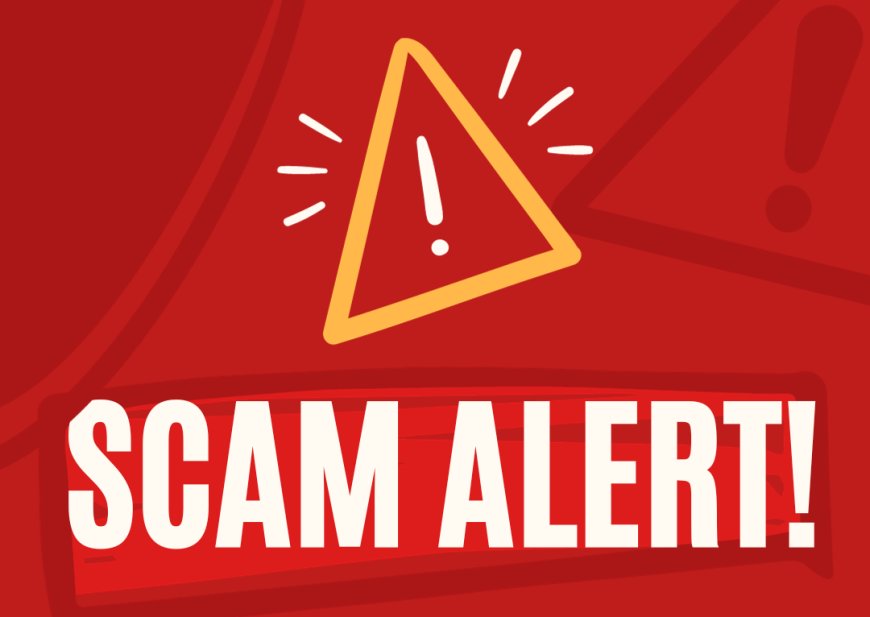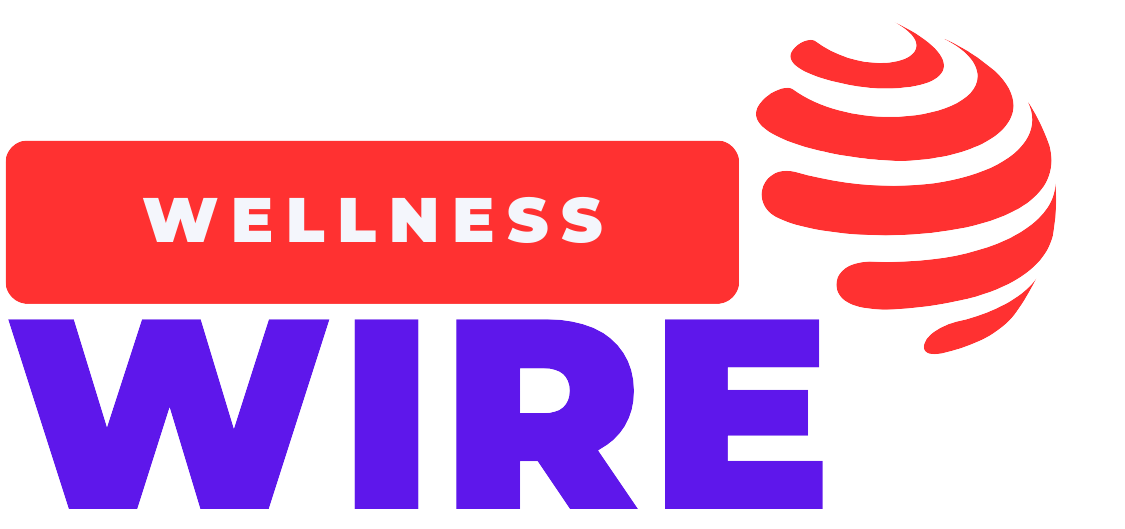Health Insurance: A Legalized Scam Draining Your Wallet
Health insurance companies are overcharging patients for medical procedures, with prices soaring when billed through insurance. Discover real-life cases from the U.S. and India, and learn how to protect yourself from this legal scam.

The health insurance industry, once seen as a safety net, has evolved into a system that often exploits patients rather than protecting them. Across the world, from the United States to India, patients are being charged exorbitant fees for medical procedures—fees that skyrocket when processed through insurance. One of the most shocking examples is the cost of an MRI: patients have reported paying just $700 out-of-pocket, while the same scan billed through insurance shoots up to $5,100. This disparity raises serious questions about transparency, fairness, and whether insurance is truly in the best interest of patients.
How Health Insurance Companies Overcharge Patients
The primary reason behind inflated medical bills when processed through insurance is a combination of complex pricing strategies and industry greed. Here’s how it happens:
1. Lack of Price Transparency
Hospitals and clinics negotiate confidential pricing agreements with insurance companies, making it nearly impossible for patients to understand the actual cost of their treatments. Patients often don’t know how much they’ll be charged until they receive the bill, by which time it’s too late to contest inflated prices.
2. The “Chargemaster” Scam
Every hospital maintains a secretive document called the “chargemaster,” listing highly inflated rates for medical services. These rates have little to do with actual costs and serve as the foundation for overbilling insured patients. For example, a hospital might bill an insurance company $15,000 for a procedure that costs just $3,000 when paid in cash.
3. Out-of-Network Fraud
Patients frequently receive treatment from out-of-network providers—even at in-network hospitals—without being informed, resulting in massive surprise bills. A common scenario is when a hospital is in-network, but the anesthesiologist, radiologist, or lab is out-of-network, leading to thousands of dollars in extra charges.
Real-Life Cases of Insurance Scams
United States
- Arizona MRI Ripoff: An Arizona man was charged $14,500 for two MRI scans. When he inquired about cash pricing, he found out he could have paid just $1,200 had he bypassed his insurance.
- Hip Surgery in New York: Michael Frank, a healthcare professional, was billed over $70,000 for a hip replacement, despite Medicare typically paying around $20,000 for the same procedure. His bill included multiple errors, overcharges, and even services he never received.
India
- The Delhi Hospital Hostage Situation: A 66-year-old woman in Delhi was held for two days in a private hospital after doctors had approved her discharge. The reason? Her insurance company contested the hospital’s inflated Rs 5.35 lakh bill, claiming it was almost double the actual treatment cost.
- Rs 8 Lakh Bill for a Simple Procedure in Mumbai: A man admitted to a well-known hospital in Mumbai for a minor surgery was slapped with an Rs 8 lakh bill because the hospital deliberately ran unnecessary tests to maximize insurance claims. When he asked for a breakdown, doctors refused, and the insurance company paid without verifying.
- Bangalore’s Ambulance Scam: A patient in Bangalore needed an ambulance ride for a minor emergency. The hospital quoted Rs 3,000 for cash payment but billed Rs 25,000 through insurance.
How to Protect Yourself from Insurance Fraud
- Compare Cash vs. Insurance Prices – Always ask for the cash price before using insurance. In many cases, paying out-of-pocket is significantly cheaper.
- Scrutinize Your Medical Bills – Up to 80% of medical bills contain errors, often in the form of duplicate charges, services never received, or incorrect billing codes.
- Verify Network Status – Ensure that every provider involved in your care (surgeon, anesthesiologist, lab technician) is in-network before agreeing to treatment.
- Negotiate Bills Before Payment – Hospitals and clinics often accept lower payments if you negotiate before settling the bill.
- Use Independent Imaging Centers – For tests like MRIs and CT scans, avoid hospitals and go to independent diagnostic centers. These centers typically charge a fraction of what hospitals bill insurance.
The Bottom Line
Health insurance, which was meant to protect patients from financial ruin, has instead become a mechanism for hospitals, insurance providers, and middlemen to exploit people. Patients across the world—whether in the U.S., India, or beyond—are discovering that they are often better off negotiating directly and paying out-of-pocket.
The industry thrives on secrecy, overcharging, and complex billing practices that make it nearly impossible for consumers to know when they are being scammed. As awareness grows, more patients are taking control by demanding price transparency, choosing alternative providers, and exposing fraud when they see it.
For more insights into medical billing fraud, check out ProPublica and Healthline.
What's Your Reaction?
 Like
0
Like
0
 Dislike
0
Dislike
0
 Love
0
Love
0
 Funny
0
Funny
0
 Angry
0
Angry
0
 Sad
0
Sad
0
 Wow
0
Wow
0



















































